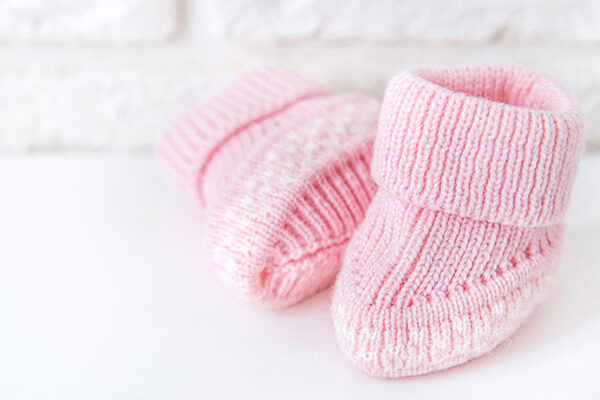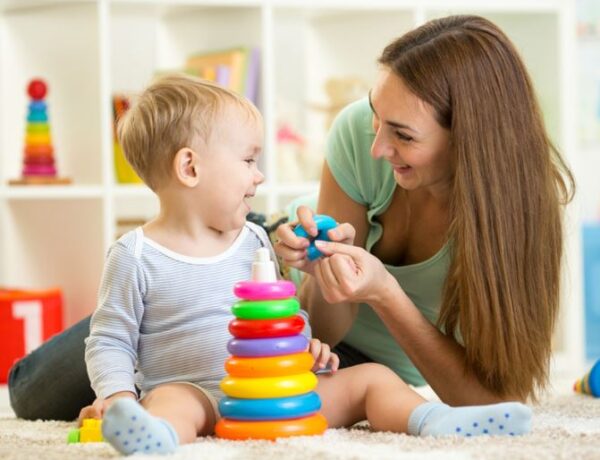Separation anxiety in babies is very common, especially between 9 and 18 months of age. Learn to deal with this challenge.
Many babies often experience separation anxiety, as it is part of their development. It usually appears at 9 months and usually subsides around 18 months of age, although this time may vary. Learn to recognize the signs and get tips for handling separation anxiety in your child. Check out our article!
What is separation anxiety?
Separation anxiety is the name given to a child’s feelings when they realize they are separated from their parents – even if only for a moment.
It is part of the baby’s development, and usually peaks between the 9th and 18th month of life. However, it can show signs much earlier: from the 4th month onwards, the baby begins to realize that the parents are special and different from other caregivers, and this turns into a fear that they will disappear or abandon him.
It can be nerve-racking when the baby cries uncontrollably and the parents can’t get away. But that doesn’t mean something is wrong. In fact, it means that he now understands that his survival depends on a close connection with you.
This anxiety usually decreases as your little one understands that you are leaving home, but the farewell is not for good. But it will take a lot of patience until your child gets there.
Most common symptoms
The most common symptom of separation anxiety is when the baby holds on to the parents and doesn’t want to let go. However, not all babies do that. Other common signs include:
- Intense crying: Babies tend to show dissatisfaction with their parent’s departure amid many tears. This escalation of emotion can be upsetting for parents. However, it is important to respond to this with sensitivity, remembering that intense crying is just a sign of anguish and anxiety.
- Caregiver Avoidance: When this happens, it’s important not to force your child to stay with the person. Prefer to allow time for him to gradually get used to his caregiver. You might start by assigning this person a specific caregiving task that he or she can do regularly, such as feeding or dressing your baby.
- Discouragement: When babies are disappointed, they lose interest in exploring their surroundings and become quiet. Engaging them with fun objects and games are great ways to get their energy back.


Photo: Pinterest
How to handle separation anxiety
It’s important to remember that separation anxiety is a normal and inevitable part of a baby’s development. While this can be challenging for you and your child, there are several ways to deal with this temporary phase.
Check out 4 tips to handle separation anxiety.
1. Allow your child to get used to the caregiver
Gradually increase the amount of time you leave your child with the new caregiver. Not only will this help your baby build confidence, but it will also help him learn to stay away from you. Expect this process to take days or weeks, depending on how anxious your child is.
2. Always say goodbye and let him know when you come back
When your baby is at the peak of separation anxiety, it can be tempting to move away while he’s not looking. However, disappearing suddenly can cause a drop in confidence and lead your child to having more anxiety in the long run. It is also good for your child to practice saying goodbye, cause this helps him to feel more comfortable about your departure.
3. Stay calm and positive when you go away
It is easier for the baby to understand the separation when the parents are calm and positive. If one of the parents shows guilt or difficulty in saying goodbye, the child tends to think that the situation is bad. Instead, take a few deep breaths, maintain a good facial expression, and use a positive tone of voice when leaving to show confidence in your baby and caregiver.
4. Encourage your child to occupy their time
You can help your child think of games and fun ways to occupy his time while you are apart. Suggest calling a friend to play together, explore the environment he is in, walk in a park with the caregiver, etc.
Did you like the tips on how to handle separation anxiety in your baby? Subscribe to our newsletter to receive more tips!
Also read our article about how to encourage your baby to walk.



